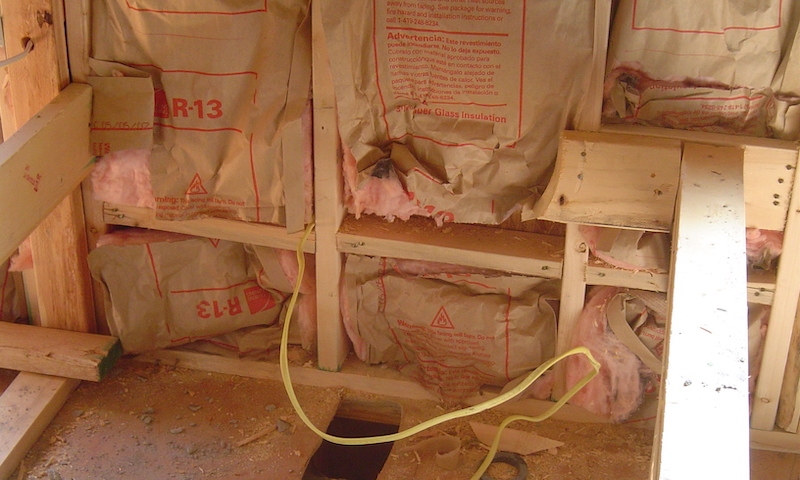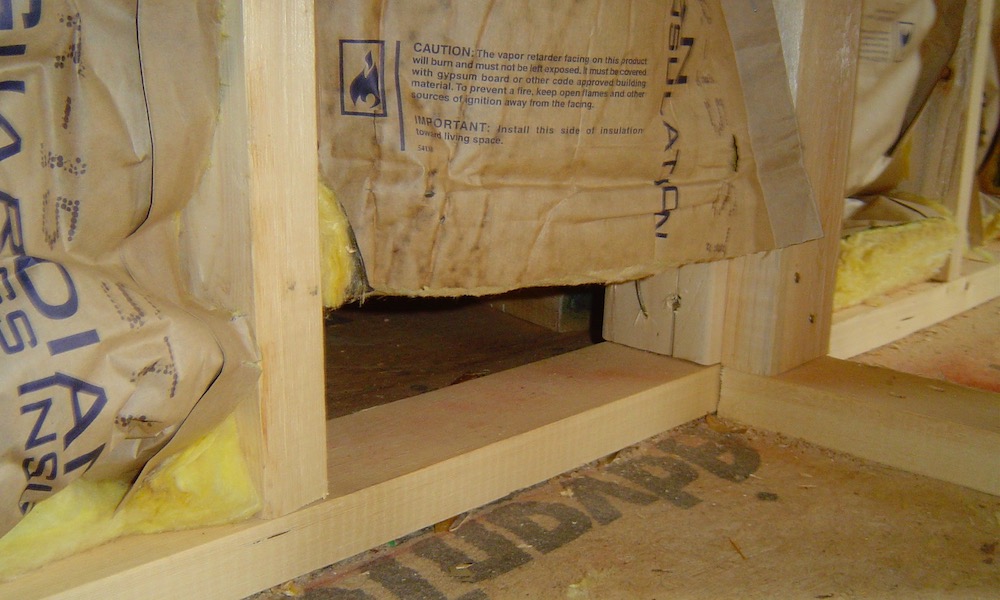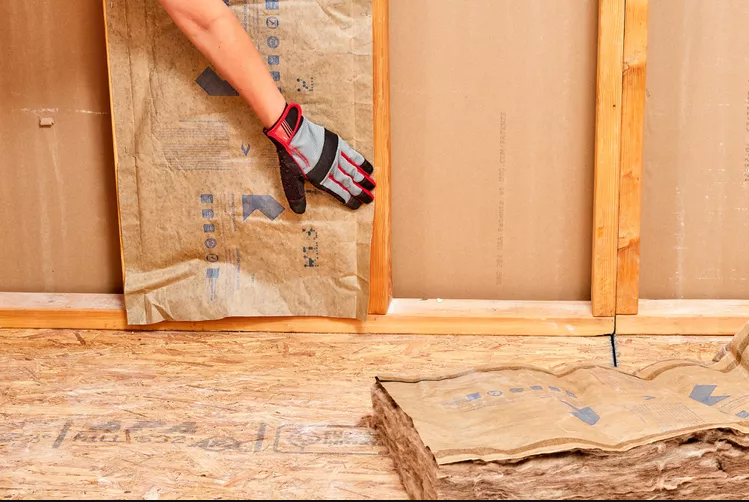Fiberglass batt insulation is a popular choice for residential and commercial properties due to its affordability and ease of installation. However, improper installation can severely reduce its effectiveness, leading to energy loss and moisture problems. This article highlights common installation mistakes with fiberglass batts Insulation and explains how to avoid them. It also introduces relevant keyword clusters to support a clear understanding of the topic and help property owners make informed decisions.
Understanding Common Mistakes in Fiberglass Batt Installation
Fiberglass batts are designed to fit snugly between framing members such as studs, joists, and rafters. Mistakes occur when installers fail to maintain this fit or when they alter the insulation in ways that reduce its thermal performance.
Improper Fit and Compression
Fiberglass batts rely on their thickness to trap air and slow heat transfer. Compressing or cutting batts too small reduces their R-value and lowers insulation efficiency.
- Batts should fill the cavity fully without being compressed.
- Cutting batts smaller than cavity size leaves gaps and exposes framing, which conducts heat.
Gaps Around Electrical Boxes and Pipes
Cutting around obstacles often leaves spaces that allow air leaks, undermining insulation performance.
- Installing insulation tightly around boxes and pipes prevents drafts.
- Use caulk or foam sealant to close unavoidable gaps before installing batts.
Overlooking Air Barriers and Vapor Retarders
Fiberglass insulation does not block airflow or moisture by itself. Failing to install proper air and vapor barriers can lead to moisture buildup inside walls.
- Install vapor retarders on the warm side of insulation in cold climates to prevent condensation.
- Seal all seams and penetrations in air barriers to reduce air leakage.

How to Avoid Fiberglass Batt Installation Errors
Preventing mistakes requires attention to detail during installation and planning ahead for obstacles and sealing.
Correct Batt Sizing and Handling
Choose batts sized for the cavity depth and width. Avoid cutting batts down too small to fit.
- Measure cavities carefully.
- Trim batts only to fit obstacles without compressing the insulation.
Seal and Secure Around Penetrations
Electrical boxes, pipes, and wiring create potential leakage points.
- Use expanding foam or caulk to seal gaps.
- Cut insulation to fit tightly without gaps or compression around these items.
Install Proper Air and Vapor Barriers
Moisture control is critical for longevity and performance.
- Follow local building codes for vapor barrier placement.
- Use continuous air barriers with sealed seams.
Impact of Installation Errors on Insulation Performance
The effects of common installation mistakes can be significant, affecting comfort, energy bills, and building health.
Reduced R-Value from Compression and Gaps
Compressing batts or leaving gaps lowers the insulation's thermal resistance.
Air Leakage and Energy Loss
Unsealed penetrations create drafts, forcing heating or cooling systems to work harder.
Moisture Problems and Mold Growth
Without proper vapor barriers, condensation can occur inside wall cavities, promoting mold and decay.

How to Inspect Fiberglass Batt Installation
Regular inspections help identify and correct mistakes before they cause damage.
Visual Inspection Tips
Look for compressed batts, gaps around framing, and missing or damaged vapor barriers.
Thermal Imaging
Thermal cameras detect cold spots and air leaks behind walls, highlighting insulation gaps.
Conclusion
Fiberglass batt insulation performs best when installed with precision. Avoid compressing Fiberglass batts or cutting them too small. Seal around electrical boxes and pipes to prevent air leaks. Install proper air and vapor barriers to control moisture. These practices preserve insulation effectiveness, reduce energy costs, and prevent structural damage.
Following these guidelines ensures fiberglass batt insulation meets performance expectations in both residential and commercial properties in [location]. Regular inspection and maintenance help maintain comfort and energy efficiency over time.
FAQs
What happens if fiberglass batts are compressed during installation? Compressing fiberglass batts reduces the amount of trapped air, lowering the insulation's R-value. This leads to increased heat transfer, reducing energy efficiency and comfort.
How can gaps around electrical boxes be sealed effectively? Use expanding foam or caulk to fill gaps around electrical boxes before installing fiberglass batts. This prevents drafts and maintains insulation continuity.
Is it necessary to install a vapor barrier with fiberglass insulation? Yes, especially in colder climates. Vapor barriers prevent moisture from entering wall cavities, avoiding condensation and mold growth behind insulation.
Can fiberglass batts be installed over existing insulation? Installing batts over existing insulation is possible but may lead to compression, reducing overall effectiveness. Evaluate cavity depth and insulation condition before adding layers.
How often should fiberglass batt insulation be inspected? Inspect insulation during remodeling or after any water intrusion events. Regular checks every few years help identify damage or gaps before energy loss or mold problems develop.
Author and Reviewer
Author: Jared Baker, Owner and Director of Business, brings deep local insight and strong business expertise to Armored Insulation as a native of Mayfield. While continuing a full-time role as a Staff Officer with a federal natural resources agency, Jared has built multiple ventures, including Bluegrass Commercial Cleaning, Animal Tales, and Undercover Properties. As Armored’s Business and Marketing Manager, he supports the company’s focus on delivering top-tier service.
Reviewer: Mia Clark used her 9 years of experience in spray foam to review this article and offered input focused on helping companies make their services easier to understand and market effectively.





Comments